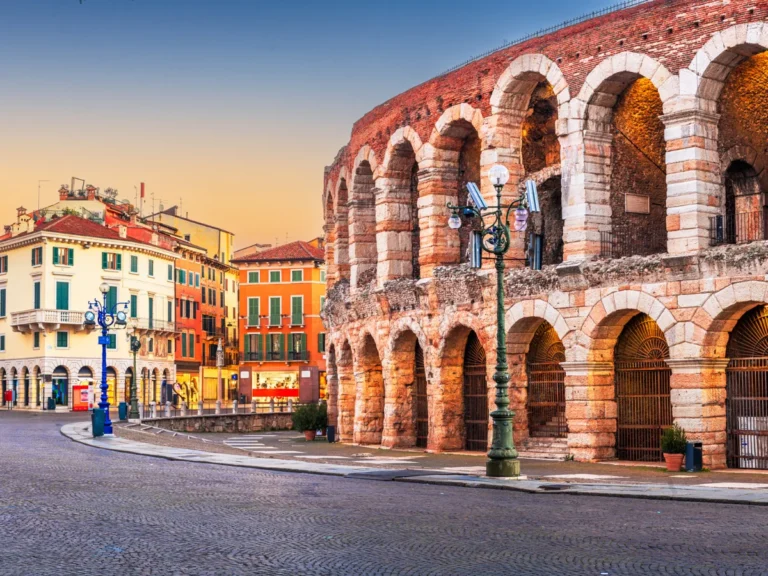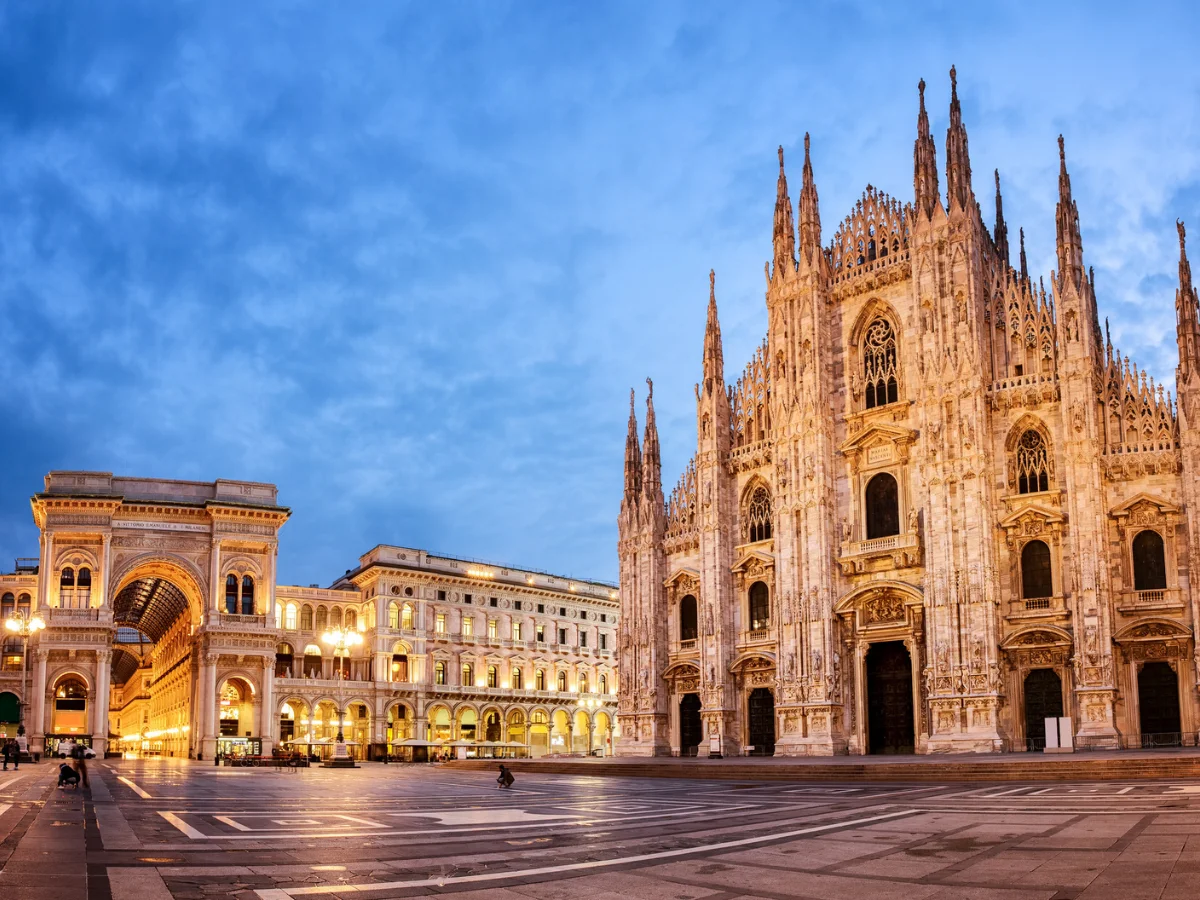Ancient Rome's engineering feats
Ancient Rome’s engineering feats, including aqueducts, walls, buildings, sewage systems, ships, and infrastructure, epitomize innovation and durability. These structures, constructed with precision and ingenuity, served vital functions, from supplying water to defending cities. Moreover, their strategic design and meticulous craftsmanship reflect Rome’s military and civic prowess. Notably, the interconnectedness of these engineering marvels facilitated trade, communication, and military conquests. Roman roads, in particular, formed the lifelines of the empire, fostering unity and prosperity.

Ancient Rome's engineering feats
Engineering Marvels from Ancient Rome
Aqueducts
The aqueducts of Ancient Rome stand as a testament to their engineering prowess. These elaborate structures transported water from distant sources to urban centers. With precise calculations and sturdy construction, aqueducts supplied water for public baths, fountains, and private homes. Their arches, constructed using concrete and stone, showcased Roman innovation in hydraulic engineering. There are Roman Aqueducts in other countries than Italy also. For example in Spain. The Roman Aqueduct in Segovia is beautiful.
Walls
Rome’s defensive walls were formidable barriers, protecting the city from invaders. Constructed with massive stones and fortified with towers and gates, these walls encircled the ancient metropolis. Their strategic placement and solid construction deterred would-be conquerors for centuries. The Aurelian Walls, built in the 3rd century AD, remained a symbol of Roman military might.
Buildings
Roman architecture blended beauty with functionality, creating enduring structures like the Colosseum and the Pantheon. These iconic buildings employed advanced engineering techniques, including arches, domes, and concrete. The Colosseum’s elliptical shape and tiered seating accommodated vast crowds for spectacles and games. Meanwhile, the Pantheon’s dome, with its oculus, showcased Roman mastery in architectural innovation.
Sewage System
Rome’s sewer system, known as the Cloaca Maxima, was a marvel of ancient sanitation engineering. Constructed around 600 BC, it drained waste from the city into the Tiber River. The system featured interconnected channels and vaulted tunnels, facilitating efficient waste disposal. This sophisticated infrastructure improved public health and sanitation in Rome.
Ships
Roman naval engineering produced formidable warships and merchant vessels. The Roman navy, or the Classis, utilized innovative designs and sturdy materials for their ships. From sleek triremes to sturdy merchant galleys, Roman vessels dominated the Mediterranean. Their naval prowess played a crucial role in securing trade routes and projecting military power.
Infrastructure
Roman roads were the backbone of their vast empire, facilitating trade, communication, and military movements. Even modern roads trace their routes to the path of the Roman roads. Constructed with layers of gravel, sand, and stone, these roads were durable and well-maintained. Their straight paths and efficient drainage systems enabled swift travel across vast distances. The network of roads connected far-flung provinces to the heart of the empire, fostering unity and stability.
In summary, the engineering achievements of Ancient Rome, from aqueducts to roads, showcase their ingenuity and enduring legacy in shaping the modern world.



